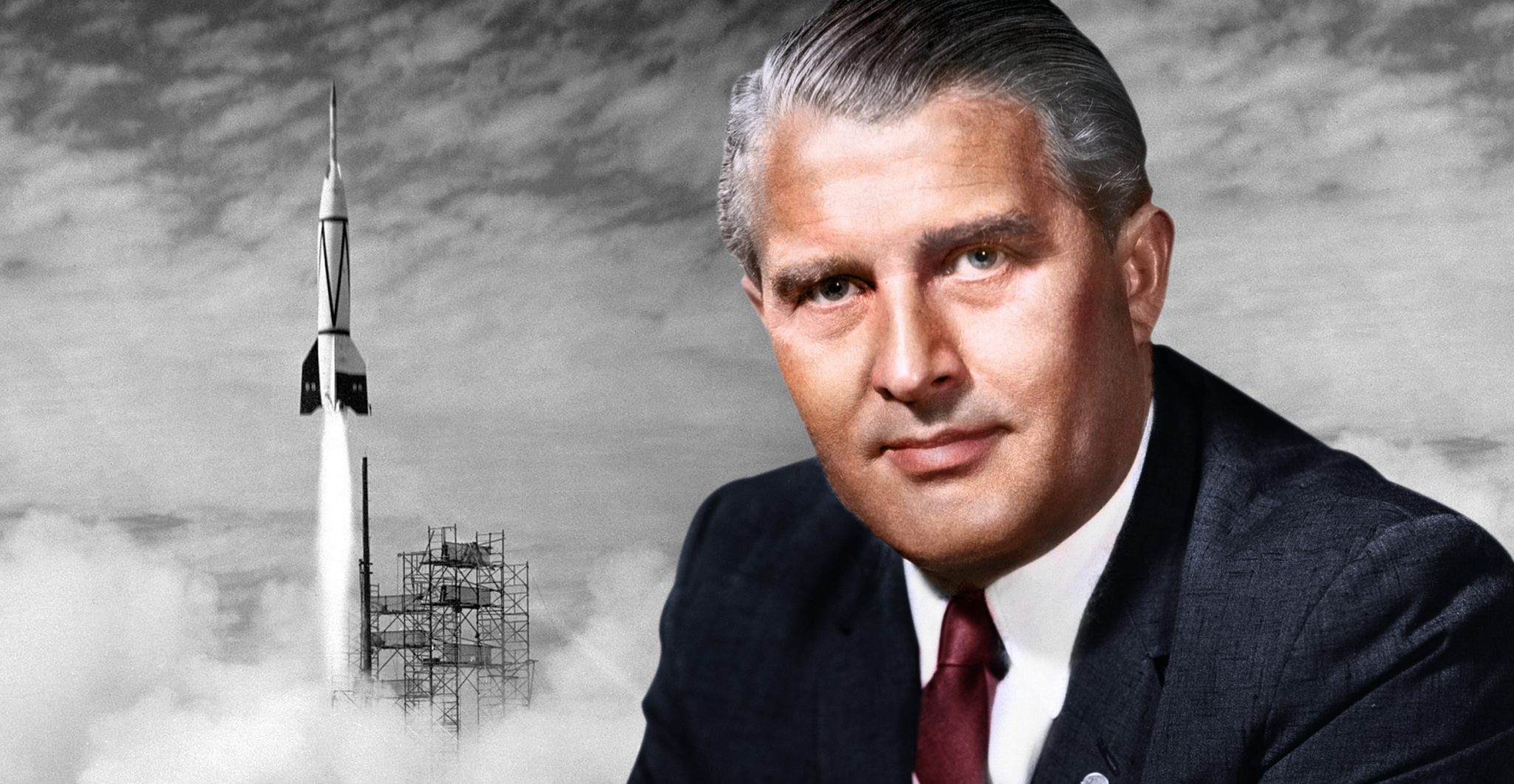It may be surprising to learn that one of the men responsible for the first U.S. Space Satellite, Explorer I, as well as the lunar landings, was at one time a member of the Nazi Party. He was Wernher Magnus Maximilian Freiherr von Braun.
The Beginnings
Von Braun was born in 1912, to a very high-class family. His father was the Minister of Agriculture during the Weimar Republic, and his mother was a descendant of a handful of European royals. Interested in the sciences, particularly astronomy, from a young age; he pursued a career in physics and space exploration.
When the Nazi regime and the Third Reich came to power, he applied for Nazi Party membership in the late 1930s. At the time, he was the technical director at the German Army Rocket Center on the Baltic Sea.
Later, von Braun attested that many senior figures in the Nazi Party were becoming interested in his work. He felt obliged to join the party to continue in his chosen career. He kept his membership participation to a minimum most of the time, paying his fees and only occasionally wearing the swastika.
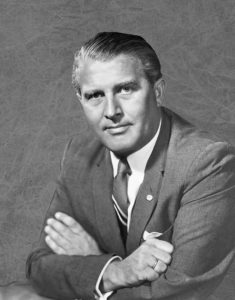
Von Braun may not have told the truth regarding his experience within the Nazi Party. It is likely he was influenced by the Nazi propaganda of his youth, which encouraged a high level of nationalism. His feelings regarding Hitler are clearer, as he is said to have called him “a pompous fool” and compared him to Napoleon.
What is definite is that von Braun was part of the Nazi paramilitary, and held the rank of lieutenant. While not active in the military, again, this was a move to protect his career in rocket work.
Nazi Work
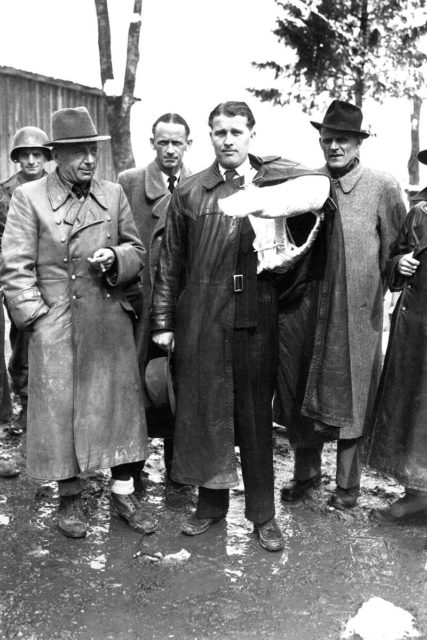
One of von Braun’s first accomplishments was using the American physicist Goddard’s research to create the A-4 rocket, later known as the V-2. Shortly after, the Nazis began using the V-2s as weapons.
Von Braun later said he was apologetic for the deaths his creation caused, but it was his duty to help Germany attempt to win the war. In 1942, Hitler saw von Braun give a presentation of what his V-2 could do, and was so impressed he immediately promoted him.
It is sadly not surprising to discover that more individuals died while creating the V-2 rockets than died from its use as a weapon.
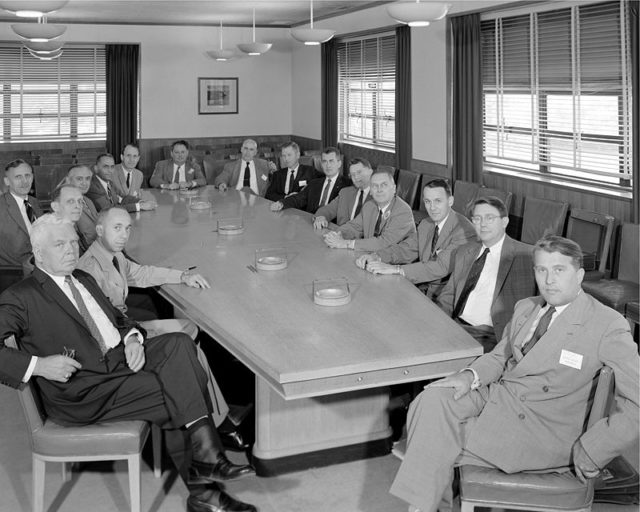
In 1943, concentration camp prisoners were used as slave labor in the rocket program. They were exposed to extreme brutality and horrendous conditions. Von Braun visited the slave labor plants regularly but denied visiting the camps from which the laborers were sourced. He was aware of the conditions but felt powerless to stop them.
Around this time, von Braun was put under surveillance. It had been noted that he was not optimistic about Germany’s success in the war. Also, he frequently expressed regret he was not working toward his real love; space travel. Combined with false accusations of Communist sympathies and Nazi sabotages, he was arrested. Detained for several weeks without charge, he was returned to the Nazi rocket program, as he was deemed indispensable.
In 1945 with the Russians approaching, von Braun and his staff surrendered to the Americans to avoid becoming Soviet prisoners of war. Their decision, they said, was also motivated by ensuring that their sensitive warfare and weapons information was entrusted to a responsible country. The U.S. immediately realized how valuable their capture was.
American Career
In the fall of 1945, von Braun was transferred to the Untied States, where he was recruited by the U.S. Joint Intelligence Objectives Agency. He was granted security clearance and given a false employment history, and a new past; free from the Nazis.
However, von Braun frequently bemoaned the treatment given him in the United States, disliking the surroundings, the food, and his superiors. He was forced to work with limited supplies and found his ideas were often dismissed.
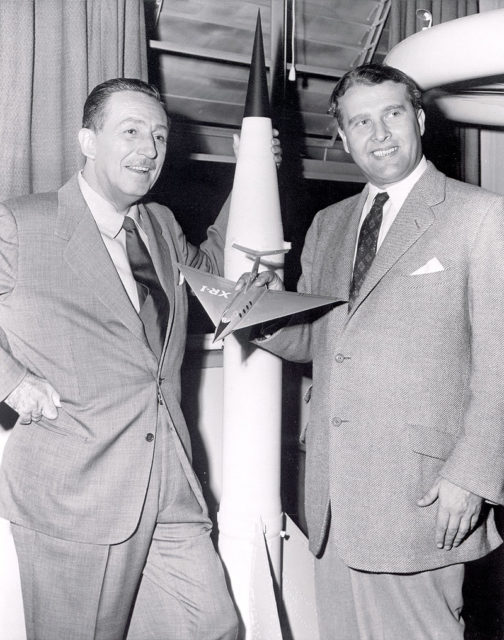
His work at first included training personnel in rockets and guided missiles, refurbishing V-2s brought over from Germany and studying future rocket uses. He and his colleagues were not permitted to leave the base without a military escort, prompting him to refer to himself as a prisoner of peace.
During the Korean War, conditions improved, and von Braun led his team in creating the rockets used for the first live nuclear ballistic missile tests.
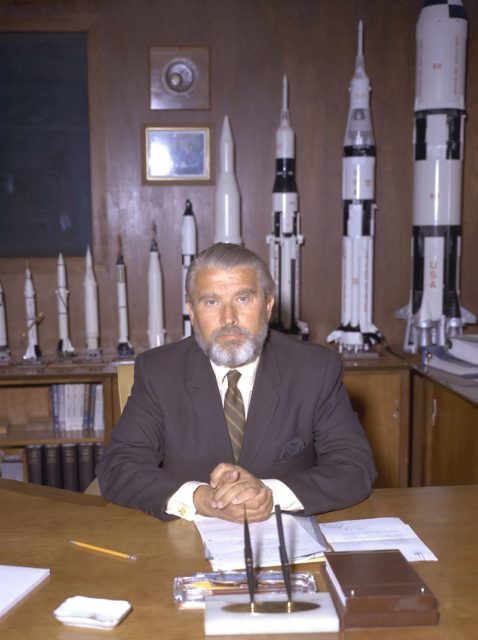
He also worked on the Jupiter-C, which launched Explorer 1, signaling the start of the space program. However, von Braun was frustrated that his interest in space exploration was not taken seriously, while the Soviet Union seemed to be excelling in the area.
Von Braun was undeterred, though, and kept pushing for the possibilities of a lunar landing, as well as a space station. He also felt it necessary to conduct a manned mission to Mars. His public influence began to grow, when he published articles and books and worked alongside Walt Disney to produce educational films.
In 1960, von Braun went to NASA and the Marshall Space Flight Center, where he was the Director for ten years. He worked on the development of rockets capable of carrying heavy loads beyond Earth’s orbit, as well as the Apollo program. He also helped to develop the U.S. Space and Rocket Center, the NASA Space Camp and the National Space Institute.
